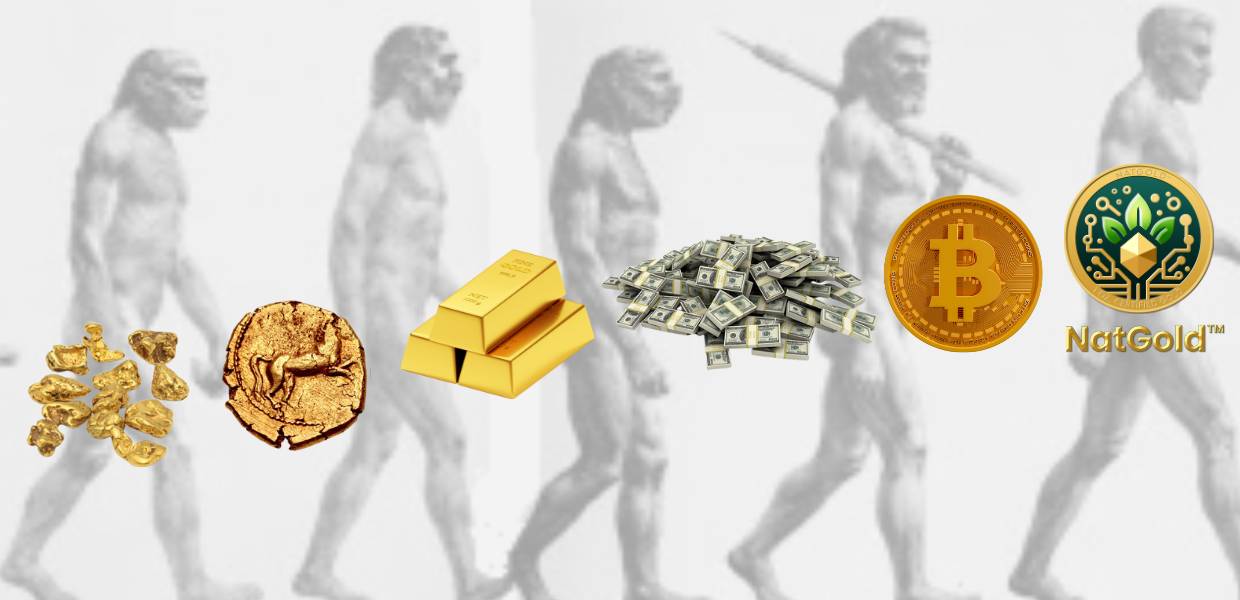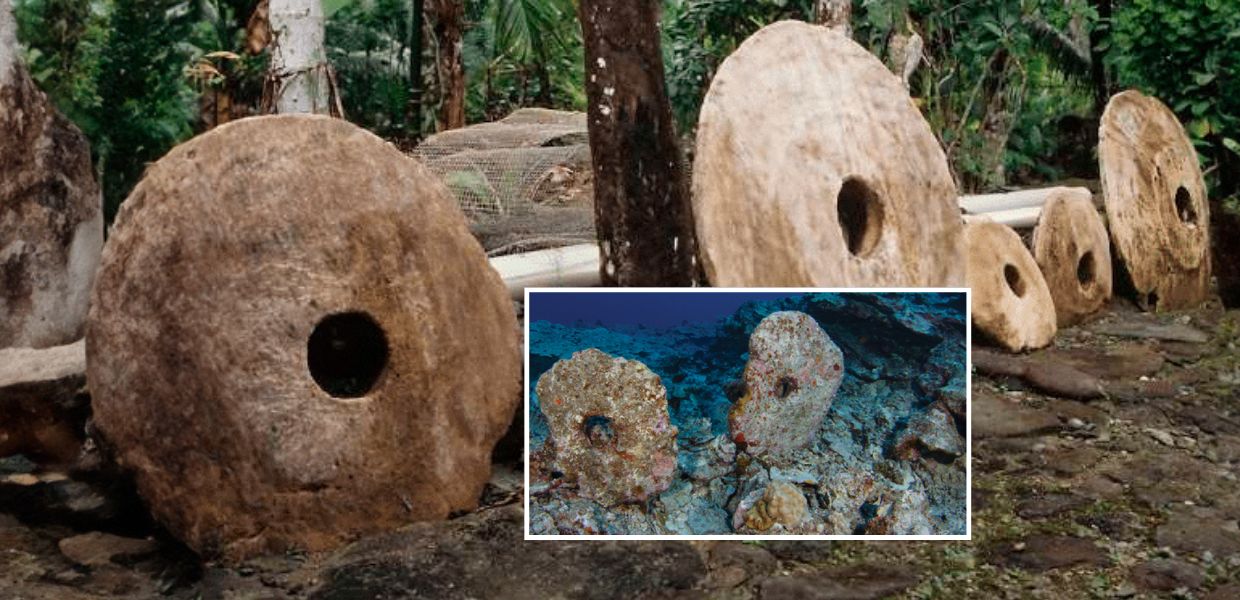The Dawn of a New Golden Era
Discover a novel ESG-friendly digital mining process that is set to transform the landscape of both gold and digital assets, culminating in a truly viable, intrinsically backed digital currency alternative to fiat money—NatGold.
We frequently hear people commenting, "Isn’t it crazy how high the price of gold is?" or "The price of gold hit a new high today." We think it’s high time we analyze this thought process a bit. For st...
Exploring the intricate dance between investment speculation and monetary u...
The journey toward digitizing gold through NatGold™ tokenization has unveil...
Throughout history, the essence of money has evolved from tangible objects ...
Since President Richard Nixon announced the suspension of the dollar's conv...
For anyone with even a passing interest in the world’s financial industry, ...
Gold's story as a cornerstone of economic wealth and stability is as ancien...
Cryptocurrencies, especially Bitcoin, have ignited...
At the International NatGold Council, we view Colo...
In the verdant landscapes of Micronesia, on the Ya...
The term "ESG" gained prominence with the 2004 rep...
In the shadow of modern technological marvels and ...
Gold mining, while a lucrative and age-old industr...
Expert Analysis
By Larry Segerstrom














